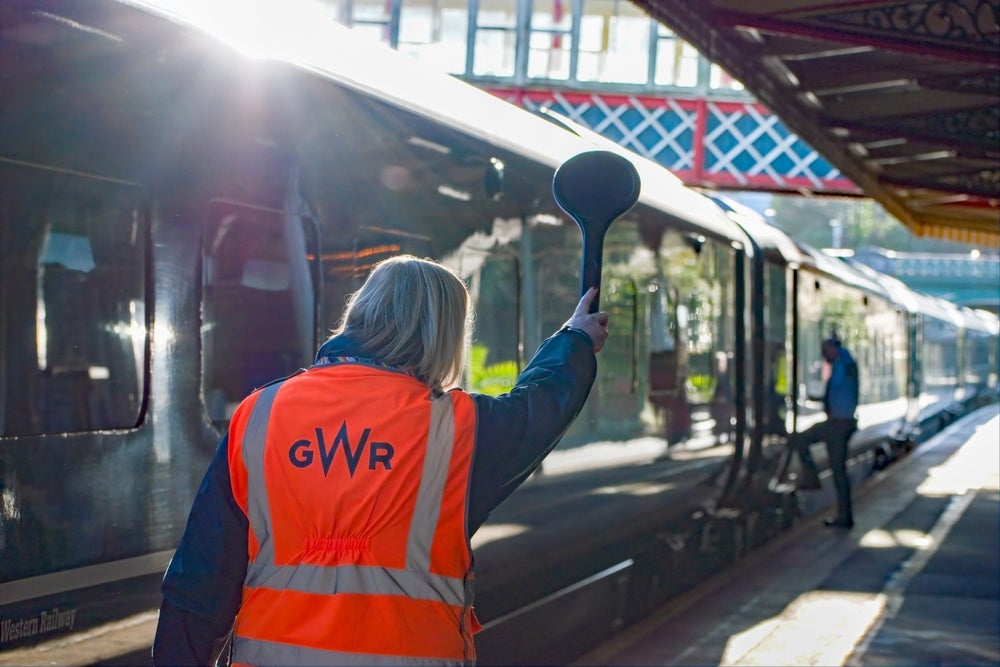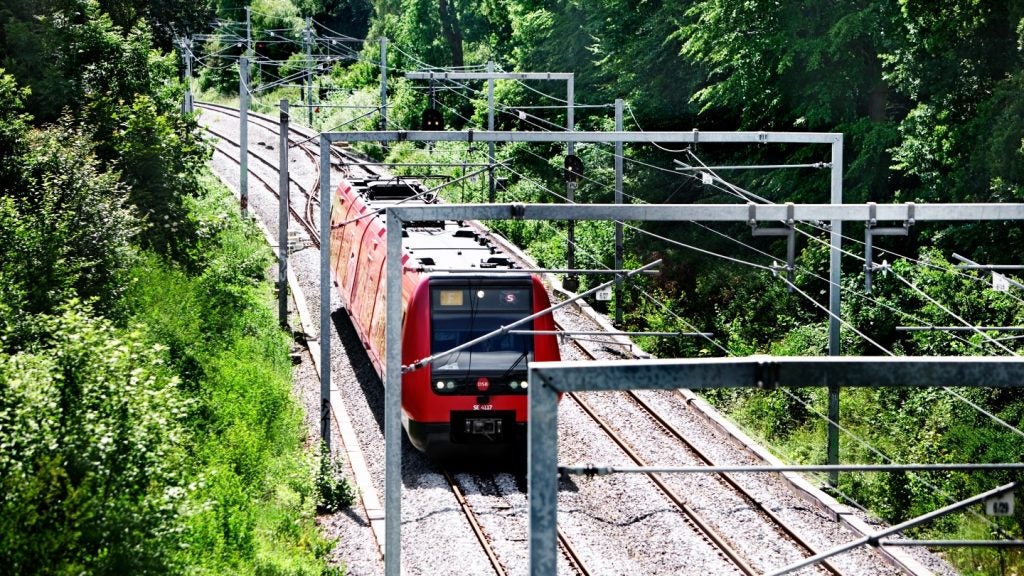
Passenger numbers have been slowly increasing across the UK’s public transport network over the past year, with London Underground journeys currently at 90% of pre-pandemic levels.
This uptick corresponds with an increase in the number of workers returning to the office – albeit even just one or two days a week – with data from Transport for London (TfL) also showing that more people are using public transport for shopping and visiting attractions than pre-pandemic.

New investments in transport, such as the opening of the Elizabeth Line in May 2022, have helped entice people back onto public transport. Within its first year, passengers completed 150 million journeys, with up to 600,000 trips being made each weekday.
Today, the Elizabeth Line is the busiest railway in the UK, resulting in £30m additional fares for TfL. And the economic benefits don’t stop there. The Elizabeth Line continues to support new house-building schemes and employment growth across the region, having created 55,000 new jobs according to TfL. It’s a clear example of how initial investment can reap substantial financial benefits.
Continued investment and a shift in green strategy
With the Elizabeth Line a clear success, the Trades Union Congress (TUC) recently released a report, advocating that public transport could form the backbone for economic recovery in the UK. The report elucidated that initial investment could unlock a £50bn annual boost, generate 140,000 direct jobs in public transport and cut car use by 20%.
See Also:
The investment would help enable the decarbonisation of the planet, leading to significant improvements to the public’s health, social well-being, and quality of life. Not only forming the backbone of economic recovery but also providing an opportunity to reinvigorate the railway.
How well do you really know your competitors?
Access the most comprehensive Company Profiles on the market, powered by GlobalData. Save hours of research. Gain competitive edge.

Thank you!
Your download email will arrive shortly
Not ready to buy yet? Download a free sample
We are confident about the unique quality of our Company Profiles. However, we want you to make the most beneficial decision for your business, so we offer a free sample that you can download by submitting the below form
By GlobalDataThe proposed policy represents a welcome alternative to the government’s usual answer to the UK’s climate troubles: Electric vehicles (EVs).
Indeed, even though the UK Government’s target of banning new petrol and diesel cars by 2030 has been pushed back five years, EV’s are still heralded as the solution for meeting these net-zero goals. However, this is a flawed strategy. EVs are road-dependent, contributing to the congestion crisis facing all major cities.
Analysis shows that road building cancels out 80% of the carbon savings from a switch to electric vehicles over the next 12 years. To further exacerbate the problem, if EV dependency hits 80% in 2050, the amount of charging required would result in the usage of 150 gigawatts of electricity, offsetting any potential positive climate gains.
Reducing investment in new road developments and pursuing transit-first policies is the best way to cut car dependency, shift travellers to public transit and solve environmental issues. By reclaiming valuable road space for better footpaths, new cycleways and rapid transit lanes for buses, city travel could become seamless and the countryside healthier.
Reducing the number of tyres on the tarmac may be a much more suitable goal for a winning green agenda while providing a much-needed boost to the UK economy. This also marries the public’s sustainable resolutions, with 37% of people saying they will rely on public transport more in 2023.
Technological innovation at the heart of integration success
To create a successful public transport-based initiative, technological innovation must be at the heart of all operations and decisions. Technological tools can improve efficiency, reliability and functionality, enticing more people to use public transport, while having the power to adapt passenger behaviour towards a more sustainable journey.
For example, digital solutions combine the Internet of Things (IoT), artificial intelligence (AI), and modern apps to provide innovative services that connect and manage public transport systems, to improve efficiency and customer satisfaction.
Linking previously siloed transport data across the mobility network enables regional and national stakeholders to collaborate effectively and make informed decisions about the development and management of the whole ecosystem.
Harvesting data from multiple sources, such as ticketing systems, toll booths, road traffic cameras and sensors, enables total visibility in real-time of network demand and bottlenecks. This means that transit managers can plan for improved efficiency and introduce flexible, adaptable, and responsive incentives to optimise traffic and encourage passengers to choose the most sustainable option.
As an example of how this might influence real-time decision-making, dynamic congestion pricing could be used to influence passengers and reduce traffic on days with poor air quality.
For the benefit of the traveller, digital mobility solutions connect everything from local rail and bus times to ridesharing options and traffic updates, in one easy-to-use, coordinated journey plan.
Across the ecosystem, further enhancements can be deployed to improve the customer experience, such as integrated ticketing which can be accessed through a wide choice of travel media according to the user’s preference. This incorporates management of fare policies, products, and pricing. It ensures that the traveller gets the best value and most seamless journey, by providing automatic journey construction, fare determination, capping calculations, and trip correction.
Getting digital innovation on track from theory to implementation
The digital mobility tools required already exist and are in use today. All that is needed to provide coordinated, real-time mobility across the nation’s multiple transport modes is infrastructure upgrades and cloud-based solutions.
These foundations are no longer prohibitively expensive, conclusively supporting the theory that a small investment in transport could form the backbone of the country’s economic recovery and future sustainable success.
Fortunately, as it currently stands it seems that the UK will avoid a recession in 2023. However, the government must keep public transport at the heart of all sustainable and environmental initiatives.
This transit focus will strengthen Britain’s economic backbone while contributing to a leading green agenda.








Related Company Profiles
Transport for London